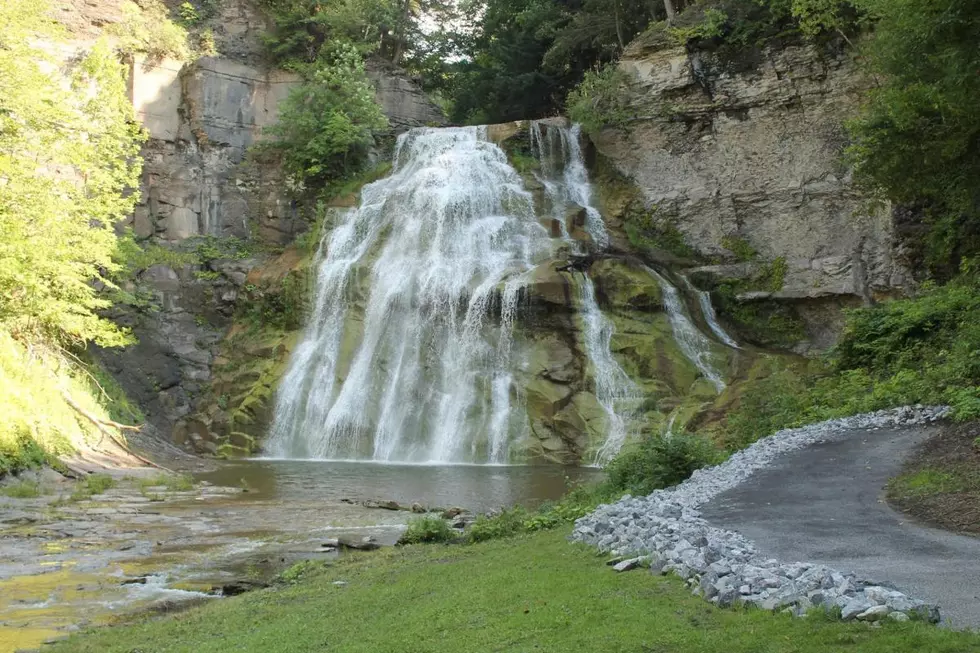
DEC Tells Hikers To ‘Walk Through The Mud’ To Prevent Trail Creep
The Department of Environmental Conversation (DEC) is urging hikers to walk through the mud and water on Adirondack Trails - not around it.
If you plan on doing some hiking, then you need to prepare for mud in low elevations, and snow and ice in higher elevations. The DEC is asking hikers to be cautious and practice "Leave No Trace" principles to protect natural resources, and help ensure a safe and enjoyable experience.
Conditions for hikers in the backcountry trails at the highest elevations are still covered in slowly melting ice and snow. Steep trails with thin soils can become a mix of ice and mud as the ice melts and frost leaves the ground, making the trails slippery and vulnerable to erosion by hikers.
DEC is encouraging hikers to protect Adirondack trails:
- Avoid damaging hiking trails and sensitive trail side vegetation and habitats;
- Wear waterproof hiking boots and clothing that can withstand mud and water;
- Walk through - not around - mud and water on trails; and
- Walk single file directly down the center of the muddy trail to protect the integrity of the trail.
The DEC says walking around the mud and not directly through results in trail creep. Trail creep or trail widening is when the trail slowly erodes away the surrounding vegetation which is used as habitat, food, and survival for wildlife. As the trail continues to erode and widen, roots and boulders appear causing the trail to become slippery and less defined, making the trail more dangerous for recreating.
The DEC will be releasing the annual High Elevation Muddy Trail Advisory urging hikers to avoid all trails above 2,500ft for the protection of fragile high elevation vegetation and wildlife habitat, as well as for the safety of the users.
More From The Eagle:
More From 96.1 The Eagle









